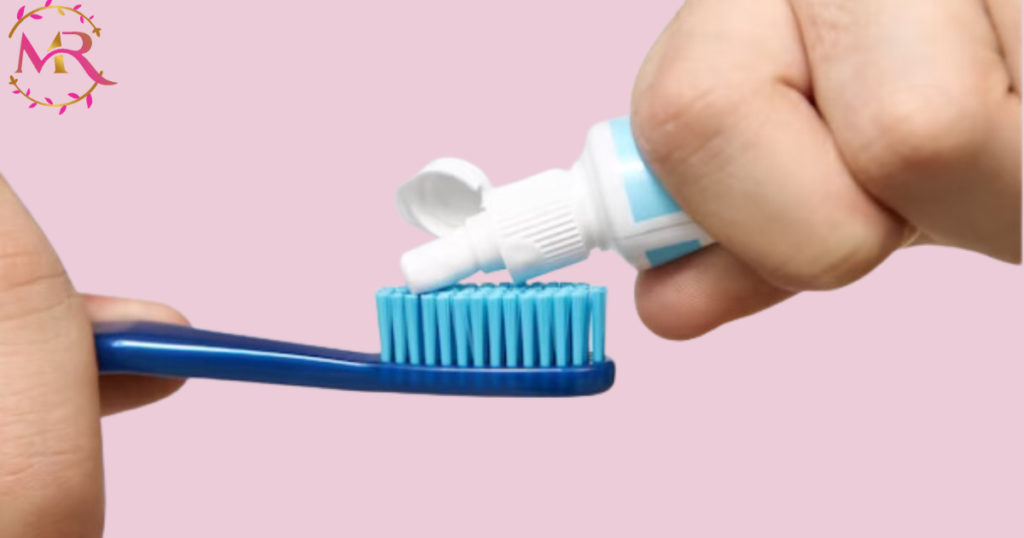Brush the bristles with the force of rubbing the surface of the teeth. Also, don’t feel the brush head against your teeth or gums. Also, especially if brushing is too vigorous, choosing a soft bristle brush is better than a medium or stiff brush.
Too-Strong Brushing Effects
You’ve never been bothered by the strength of brushing. That process will become a habit if you’ve been brushing your teeth many times a day for years. Unfortunately, brushing the teeth too vigorously can negatively affect the smile over time. Too much brushing can cause wear, a phenomenon called brushing. Wear refers to the loss of cementum and tooth enamel due to mechanical force. Too much power and pressure can harm your teeth and gums, but aggressive cleaning with a stiff toothbrush can lead to the worst.Too-strong Brushing Can Cause a Variety of Symptoms, Including.
Regression of gums:
Overbrushing teeth causes gum gum gum gum regression of gums over time. This happens due to the exposure of the soft cementum of the tooth’s root. If the teeth are not protected, the exposed cementum will wear away, causing hyperesthesia and sometimes pain.Hyperesthesia teeth:
Both wear and erosion can cause the enamel layer of the teeth to deteriorate. Hot or cold beverages or foods sometimes cause hyperesthesia if the nerve endings near the teeth are exposed.Darkening of teeth :
If you rub your teeth too hard, the teeth under the gums may appear dark. No enamel is on the “surface of the tooth’s root.” As the gums start to recede, the teeth may appear less white than they used to.Correct Brushing Method:
If the bristles wear off more quickly or the gums hurt after brushing, the person may be applying too much force. Here are some tips on how to brush your teeth correctly:- Use a soft bristle toothbrush.
- Hold the toothbrush at an angle of 40-50 degrees to the teeth and stroke the teeth wide and short.
- You should feel the bristles on your gums, but don’t “pat” them.
- If you hold the toothbrush with your non-dominant hand, it will be difficult to apply force.
- If you use an electric toothbrush, you do not need to press it hard against the teeth.
- Book an appointment and ask your dentist or dental hygienist for tips on improving oral hygiene at home the next time you have dental treatment. They will be happy to give you advice.
How often do you Change the toothbrush?
This is a question we often get. People often notice that a frayed toothbrush looks less clean than it used to. This is because the tips of the toothbrushes are worn out, so naturally, they are not clean.How long does the toothbrush last?
In general, the toothbrush is what you want to replace once every three months. The toothbrush’s bristles wear out over time, so replacing them every three months will help keep the toothbrush fresh and give your teeth the maximum cleaning effect. Many toothbrushes and toothbrush heads (for electric toothbrushes) have hairs that fade as they are used. If the bristle tip becomes a constant color or thinner half the direction of the bristle, it is time to replace the toothbrush or toothbrush head. So be careful with the end of the hair! If the information is worn out or faded, it is time to replace the toothbrush. Read More: Everything You Need to Know About Dental ProblemDoctor of Medicine, Constantine University, Algeria
Diploma in Dermatology, Plymouth University, UK
Certified from the American Academy for Anti-Ageing and Aesthetic Medicine:
Lasers, Advanced Injectables, Threads ,Chemical Peeling

